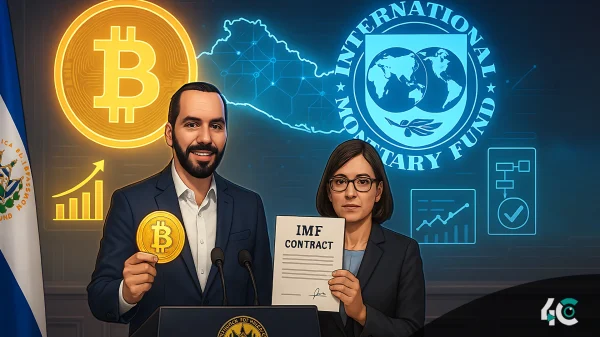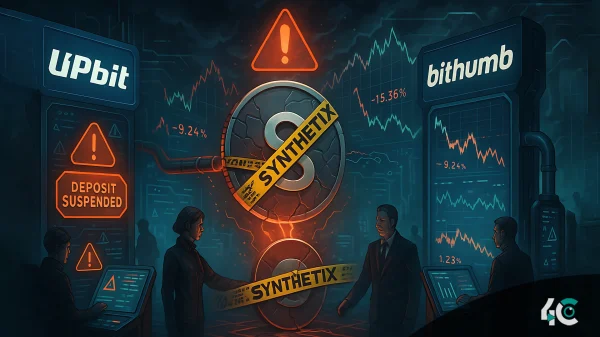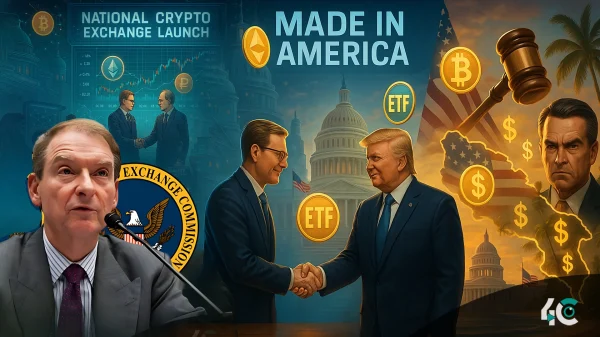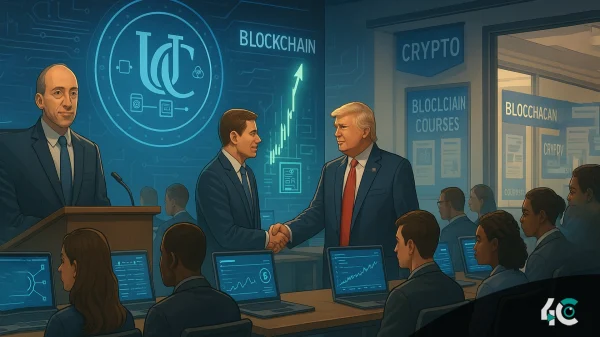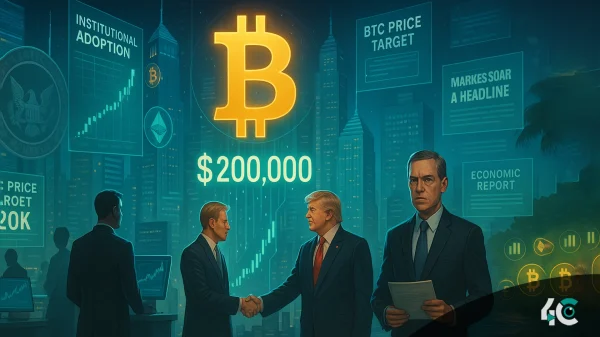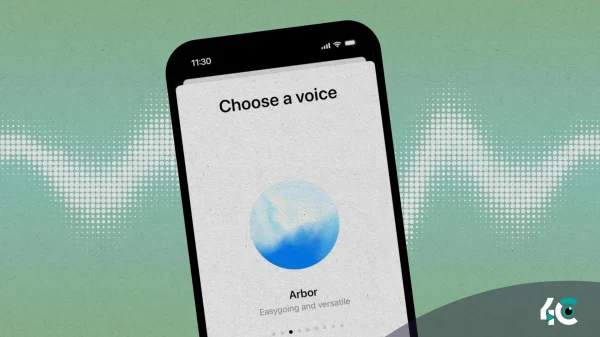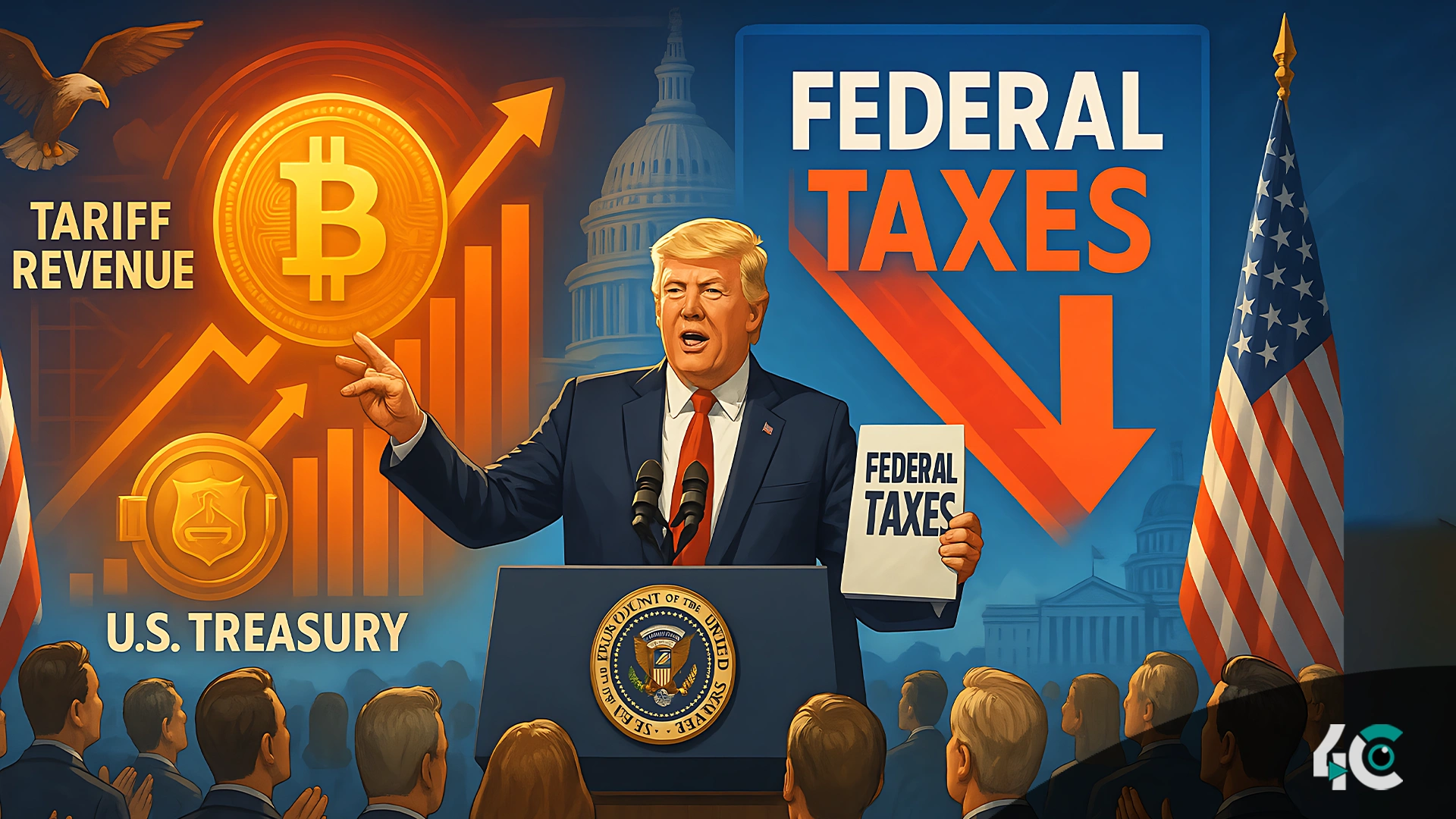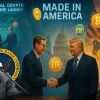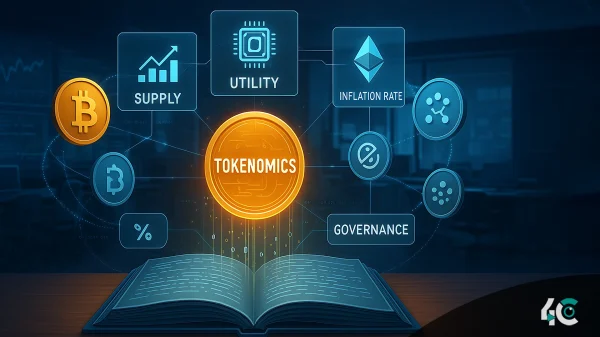Trump proposes a sweeping tax overhaul, suggesting the replacement of traditional income taxes with tariffs to drive economic reform and simplify taxation.
A Bold Vision for Tax Reform
President Donald Trump is suggesting an ambitious plan to cut or eliminate federal income taxes. He is claiming that tariffs on imports can fund the government instead. Trump suggested in a recent Truth Social post that those making less than $200,000 stand to get major tax cuts when his system, based on tariffs, is put into effect.
Trump wants to bring back the 19th-century economy, which relied mainly on tariffs for federal revenue before income taxes were introduced. This proposed shift will be a bonanza for the American people. It will generate jobs and help the economy, as disposable income will increase and investments will pick up.
Tariffs as the New Revenue Stream
Earlier this month, Trump signed an executive order wherein he imposed a 10% tariff on most imports and a higher rate on certain countries like China. In his view, these tariffs will create substantial revenue along with shielding American industries and workers. Trump believes that removing the income taxes will result in people having more money to spend and invest, which would help the economy overall.
Nevertheless, economists and policymakers are doubtful about the proposal. Analysts warn that tariffs will not make up for the hundreds of billions currently collected through income taxes. Some people who work at the White House have admitted in private that tariffs could raise plenty of cash, but still wouldn’t pay for the government’s bills.
Economic Concerns and Public Reaction
Trump initially proposed this series of tax cuts intended for the working and middle classes during his 2024 campaign. The plan has gotten mixed reactions from every Communist. Recent surveys reveal that Americans are losing confidence in Trump’s handling of the economy. More people are now worried that higher tariffs will lead to higher prices on consumer goods and stock market instability.
Some people think that more tariffs will increase inflation, since businesses will just raise prices to cover the cost of imports. Furthermore, a counteraction from trading partners would hurt US exports, cancelling economic benefits.
Challenges and Determination
Trump still believes that tariffs will lead to lower income taxes and a better economy despite those obstacles. He still pushes for the policy as one of his administration’s main promises, trying to present it as a transformative move for the American economy.
Trump likely paved the way for unconventional economic proposals to gain traction, but it will take a lot of logistics to work on it, as well as overcoming political constraints. At the moment, whether tariffs can ever replace income taxes, and at what cost, is a matter of debate. Both camps are watching closely as the plan unfolds.
Conclusion
President Trump wishes to replace federal income taxes with tariffs, a major departure from traditional tax policy. Experts remain skeptical about its practicality and impact, despite his claims that it will deliver a win for working Americans and drive economic growth. The question that comes to mind as the proposal proceeds is whether it will enable us to innovate or disrupt our existing fiscal policy.



